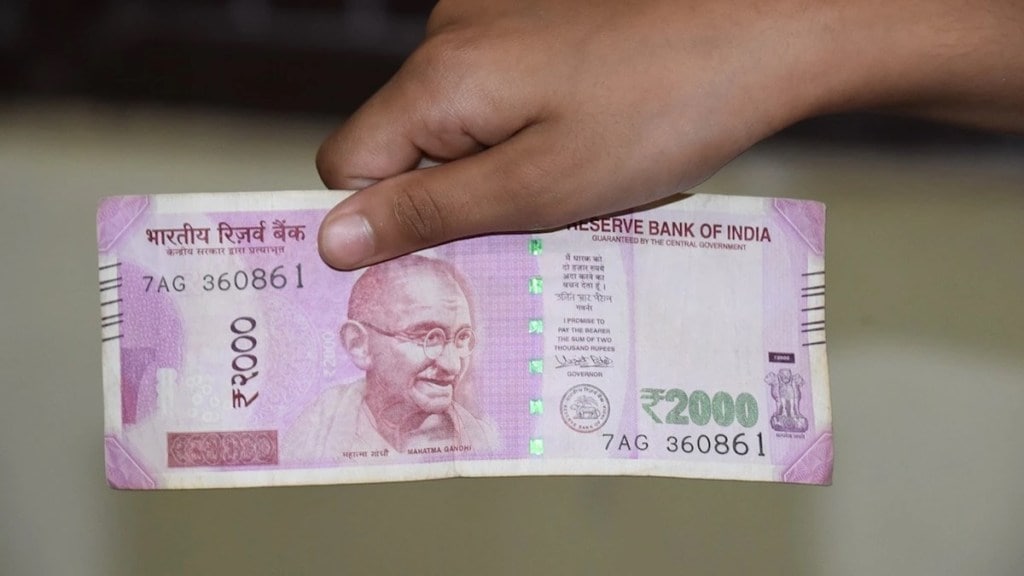The Reserve Bank of India (RBI)’s move to withdraw Rs 2,000 note from circulation is expected to boost the macro economy even as the impact is likely to be short-lived. This is because unlike in 2016, Rs 2,000 note is not being demonetised, said experts. Broadly, digital payments, consumer durables and bank deposits are expected to get a boost.
“This is a push on different levels towards digital use and UPI. There would be some improvement in consumer durable demand, especially in white goods products where the value is below Rs 50,000,” said Abheek Barua, chief economist at HDFC Bank.
While the move is expected to lift the deposit growth of banks, the impact will depend on the extent to which the deposited money does not get withdrawn.
“The present state of tight liquidity will ease. But it needs to be seen as to how much of these funds will go as deposits and is not withdrawn, as normally Rs 2,000 note is held for specific purposes of storage and not for transactions,” said Madan Sabnavis, chief economist at Bank of Baroda.
In a recent report, DBS Group Research said it expects deposits to grow by 40-50%, assuming that the entirety of Rs 2,000 banknotes in the system are deposited. “Liquidity lift will hinge on the scale and speed of an adjustment in the currency in circulation and is likely to be temporary.”
On Friday, the RBI announced that it has decided to withdraw Rs 2,000 note from circulation. Citizens can deposit money or exchange these notes with other denominations by September 30. The RBI clearly said Rs 2,000 note will remain a legal tender.
Shorter-maturity bonds like treasury bills rallied on Monday on the expectation that the withdrawal will leave banks with surplus funds to invest in bonds with a short maturity like treasury bills. The one-year yield fell 3.3 bps to 6.778% while the 10-year yield fell 2.5 bps to 6.986%.
“Rally was expected and will accelerate once the money starts flowing in as deposits. It is expected that surplus liquidity will go into bonds, thus pushing up prices. What we have seen today is only a precursor, and the actual impact will be seen after 23rd,” said Sabnavis.

